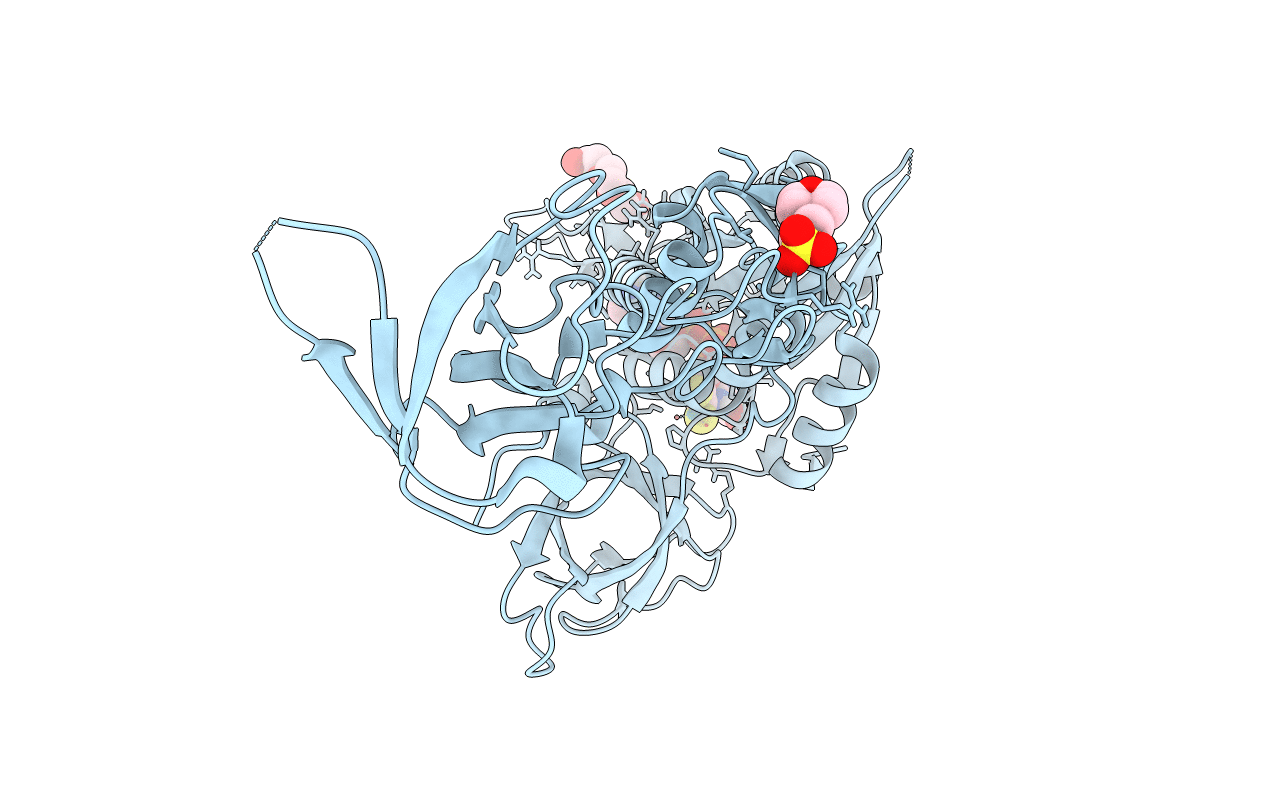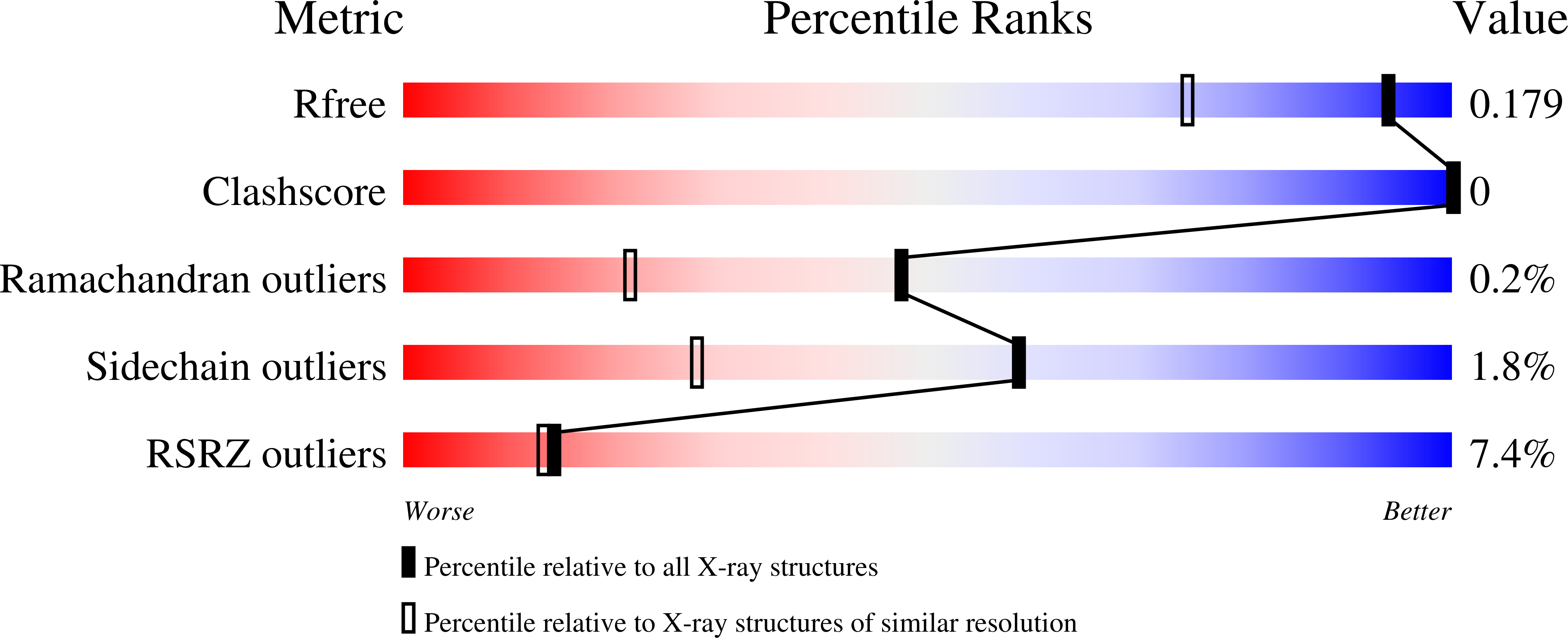
Deposition Date
2018-12-03
Release Date
2021-02-17
Last Version Date
2024-01-24
Entry Detail
PDB ID:
6Q32
Keywords:
Title:
The structure of the Mo-insertase domain Cnx1E (variant S269DD274S) from Arabidopsis thaliana in complex with Moco-AMP
Biological Source:
Source Organism:
Arabidopsis thaliana (Taxon ID: 3702)
Host Organism:
Method Details:
Experimental Method:
Resolution:
1.39 Å
R-Value Free:
0.17
R-Value Work:
0.15
R-Value Observed:
0.16
Space Group:
I 2 2 2


